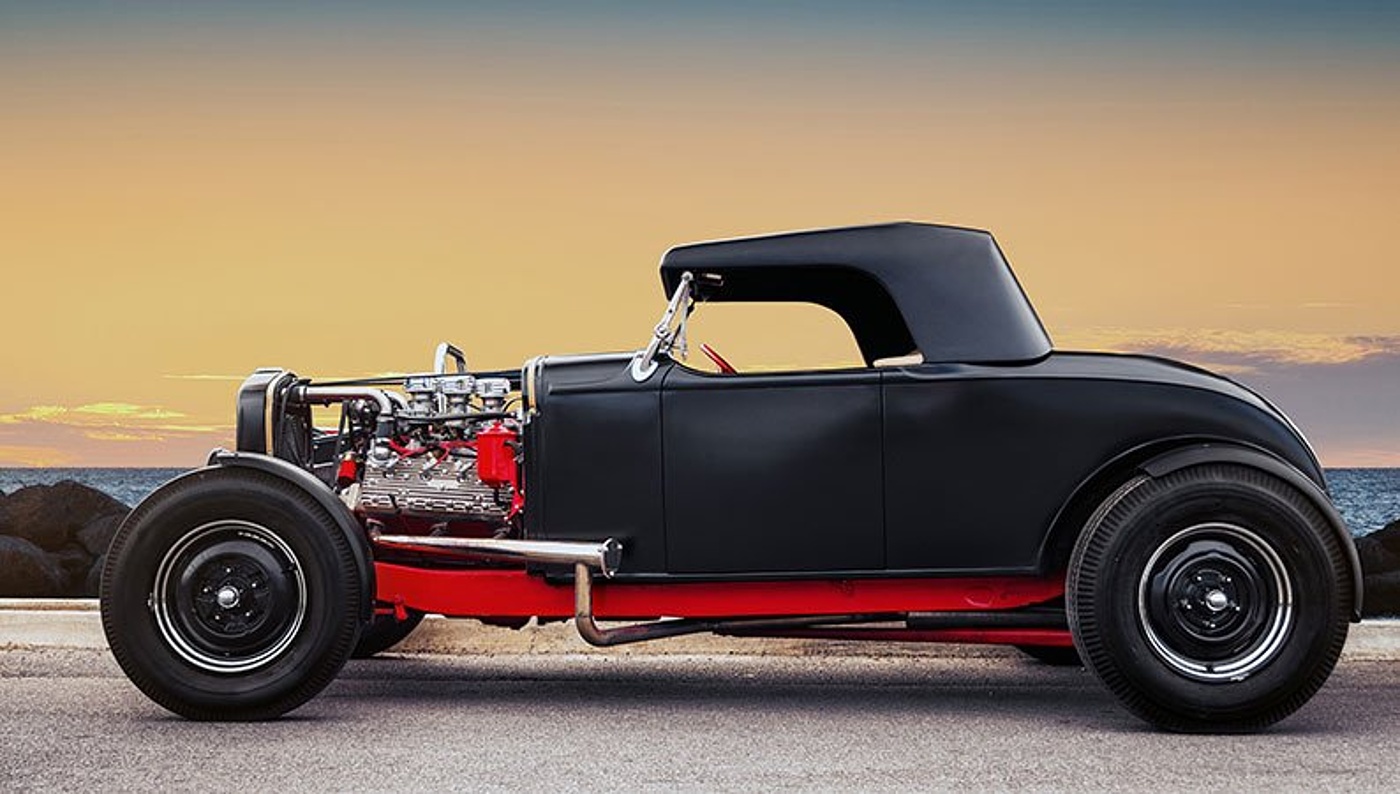
Everyday IP: When were cars invented?
Seeking the answer to the question "When were cars invented?" uncovers quite a few notable and surprising developments in the history of Intellectual Property (IP).
While some nations are more automobile-dependent than others (particularly the United States), it is still difficult to imagine how our modern world would function without cars. They should, without a doubt, be ranked among the most important inventions in all of human history. No wonder automobile-related patents account for a major share of the world's overall IP library.
Many believe 1886 to be the specific year cars were invented because this was when Carl Benz applied for and received a patent grant for the gasoline-powered automobile he had spent more than a decade working on. To some extent, this is true, and there is no way to trace the history of cars without giving Benz credit for his invention. However, there is much more to the story than that small nugget of information — not only in terms of automotive history, but also in the life cycle of patents and IP.

The steam-powered prehistory of cars
There is evidence that the Jesuit missionary and scientist Ferdinand Verbiest, who spent much of his adult life in China, developed early blueprints for a steam engine in the late 17th century. What is less clear is whether he crafted and built a steam-powered motor vehicle, which some claim he did as a gift for the Chinese Emperor. Accounts of the machine's existence or even verifiable historical proof of its design are hard to come by.
By contrast, there is no doubt that several ingenious individuals, more than 100 years later, created steam-powered vehicles intended for travel on roads otherwise reserved for carriages or horses. French inventor Nicolas-Joseph Cugnot made the first of these contraptions in 1769: a steam-propelled tricycle-like vehicle that could carry multiple passengers and move at about 2.25 miles per hour for 20 minutes before needing to rest.

Notable inventors who followed in Cugnot's footsteps – or rather, tracks – included Nathan Read, Oliver Evans and Apollos Kinsley of the United States, as well as William Murdock, Richard Trevithick and Goldsworthy Gurney in the United Kingdom. Evans here is noteworthy as one of the first inventors to secure patent rights for a steam engine that would be used in a motor vehicle, which he did in 1790. But a combination of considerable skepticism among the public about these machines, pressure from hansom-cab business owners and various practical operating concerns prevented steam-powered cars from becoming a widespread form of public or personal transport.
Marcus, Benz and the power of gasoline
Internal combustion engines would ultimately be the catalyst for the creation of vehicles that functioned similarly to modern automobiles. The first gasoline-powered engine of this kind with a known industrial application was invented by Samuel Brown of Greenwich, England, in 1826. Yet it would be two late-19th century inventors, Siegfried Marcus and Carl Benz, who put such engines to work in prototypical cars. The parallel stories of these two men also exemplify the importance of establishing legal protection for one's IP.
Marcus, an Austrian, earned recognition and financial reward for his pioneering work in various early electrical systems in the 1850s, including telegraph relays and a detonator for mining operations. He was monetarily secure enough by the mid-1860s to fund research efforts in a laboratory of his own. Benz, meanwhile, spent nearly all of his inventing life focused on engines and various tangential devices, starting in Mannheim, Germany, during the mid-1870s.
The exact date when Marcus finished his first attempt at a motor vehicle is unknown, but scholars estimate it was somewhere between 1864 and 1870. While his prototype was no more than four wheels, an engine and a carburetor (no seats, brakes or steering controls), it did work just long enough to travel 500 feet. Marcus did not attempt to market or patent the vehicle. On the other hand, Benz patented virtually everything he created — a two-stroke engine, spark plugs, battery-prompted ignition, a novel carburetor design and much more.

Benz's first car was finished in 1885 and patented in 1886. Two years later, Marcus finished his next car design. This one was much more successful and gained him attention around the world. Although he patented most of his inventions, including an ignition system, Marcus did not seek a patent for his 1888 car. In this sense, he is in stark contrast to the American inventor George Selden, who filed a patent application in 1879 and was granted a patent in late 1895, but never built it. 1888 also marked the famous journey of Bertha Benz, who drove about 112 miles from Mannheim to Pforzheim in the first long-range automobile trip.
Several decades after his 1898 death, the legacy of Marcus was almost erased by the Nazi regime: Because the automobile pioneer was Jewish, fascist propagandists worked to remove Marcus from history books. Thankfully, his contributions would eventually be rediscovered and are known today by most engineering and automotive history aficionados. But consider this: Had you heard of Siegfried Marcus before reading this blog? Maybe so, but if not, ask yourself if you had previously heard of Carl Benz. The latter is much more likely.
The automobile gains ground
Benz (and Gottlieb Daimler) started mass-producing cars in the 1890s to corner the European market, while Charles and Edgar Duryea did the same in the United States. Yet it was not until the innovations of Henry Ford in the 1900s and 1910s that gasoline-powered cars became a mainstay of American and, eventually, worldwide life.
Ford's genius lay not so much in the automobiles that he and others at the Ford Motor Company designed and fabricated, but in his vision for the manufacturing process. He realized that a moving assembly line would allow for accelerated production, and the most famous early Ford car, the Model T, was designed to be assembled and repaired with relative ease. The reduced manufacturing costs allowed Ford to sell the Model T at a price average Americans could realistically afford.
20th- and 21st-century innovations
Although the specifics of the auto manufacturing process changed dramatically over the next 100 years (especially with the addition of robotics), it is fundamentally not far removed from what Ford envisioned at the turn of the century.
The first of the big post-Ford changes came when Japan became the epicenter of the industry in the 1970s. Japanese automakers emphasized reliability and fuel efficiency in their models and used lean manufacturing techniques to perfect the assembly line process. "Smart" cars that could start remotely and carry onboard computers for navigation and driving assistance would be the next major development.

A pivot toward hybrid and all-electric automobiles, which many envision as the industry's next big shift, has not yet entered the mainstream. Models like the Toyota Prius, Nissan Leaf and Chevrolet Volt are not as affordable as gasoline cars in large markets like the United States (though fairly popular in Europe and Japan), and Tesla vehicles are all but blatantly marketed to the wealthy.
That said, it is reasonable to predict that the urgency of climate change may galvanize the development of technology that makes hybrid and electric vehicle ownership more prevalent. Perhaps you or your organization is working on such projects. If so, do not hesitate to reach out to Dennemeyer so we can help you ensure protection for your patents and other IP!
Filed in

Explore inventions inspired by sci-fi books, movies and TV shows to see how IP law bridges the gap between fact and fiction.



